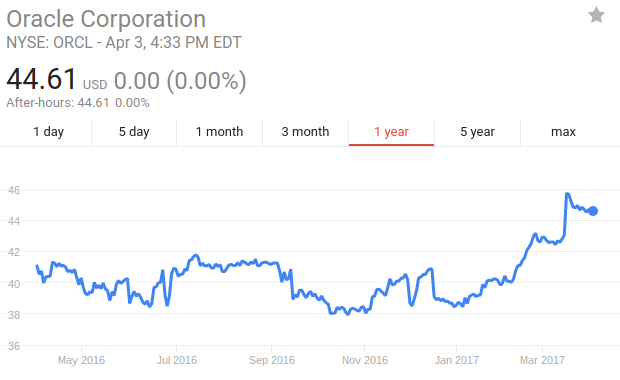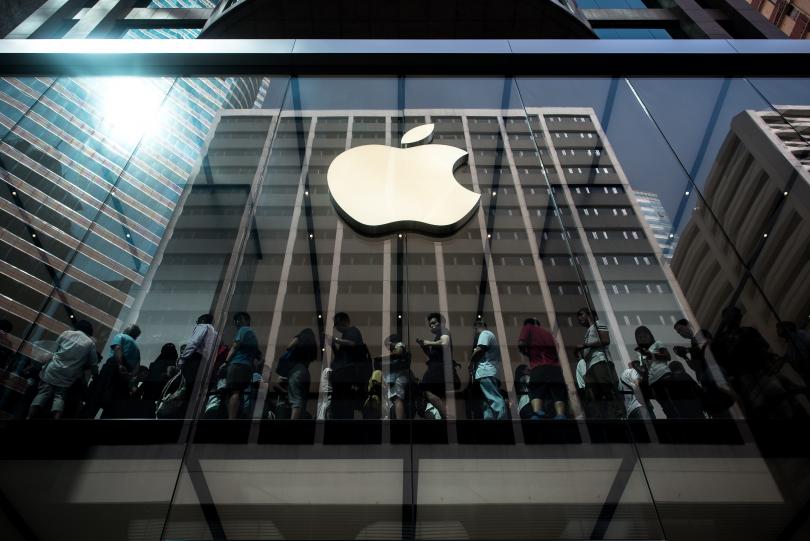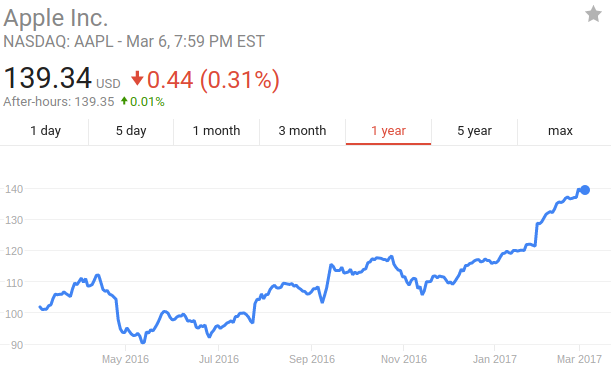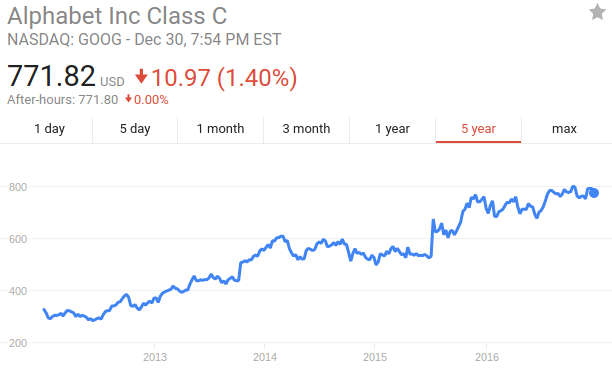Stock Trading: Oracle Shares Surges to New Highs
Stock markets continue to post major bull rallies but one sector that has been largely missed by investors is the technology space. This can be seen in professional indices trading trends, which have recently shown that assets tied to the NASDAQ have underperformed those tied to the value of the S&P 500.
But we are starting to see some of these trends change, as tech stocks have been able to post better rallies in recent weeks. One of the best examples here can be seen in Oracle Corp. (NYSE: ORCL) which is now trading at long-term highs.
Stock Price Chart: Oracle Corp. (NYSE: ORCL)

Stock prices in ORCL have surged above prior resistance levels en route to new highs above $45 per share. “Information driven,” Oracle is one of the most prominent names in tech development and marketing of business software products, database technology software and cloud engineered systems. Based in the USA and established in 1977, the company is a public multinational entity having more than 136,000 employees currently with head office in California’s Silicon Valley.
Key products among others related to Oracle are storage, servers, oracle applications and oracle enterprise manager. Enterprise resource planning, supply chain management, and customer relationship management soft wares are also specialized names which are associated with Oracle. It reported annual revenue of $37.04 US billion Dollars (2016) and net income worth 8.90 US billion Dollars (2016).
Tech Manufacturing Companies
In addition to manufacturing and marketing of business software products Oracle also offers other services which comprise consultancy, training and financing which is also a unique element in relation to Oracle. Since its inception Oracle has gone through a comprehensive process of acquisition of entities both corporate and individuals. In 1995, IRI software was acquired by it under consideration of $100 million US Dollars.
Other notable acquisitions include:
- PeopleSoft in 2005 $10.3 billion US Dollars
- Seibel Systems in 2006 for $5.85 billion US Dollars
- Hyperion Corporation in 2007 for $3.3 billion US Dollars
- Sun Microsystems in 2010 for $7.4 billion US dollars
- Micros Systems in 2014 for $5.3 billion US Dollars
- NetSuite in 2016 for $9.3 billion US Dollars
- Apiary in 2017 for which the valuation of purchase consideration is yet to be agreed
According to reports in 2015 Oracle after Microsoft was second-largest software maker revenue wise which is indeed an impressive and substantial outlook internationally. Since the beginning company has introduced multiple technological dimensions like UNIX-based Oracle applications in 1987, PL/SQL in 1988, 64 bit RDBMS in 1995.
This was followed by its free database to qualify industry standard security evaluations in 2002, smart scans that enhance software query response in HP Oracle Database machine in 2008 and in particular initiative in the shape of Oracle 12c which can facilitate cloud services along with Oracle Database in 2015. Conclusively, despite facing multiple challenges since the beginning, Oracle has proved itself among preferred and highly recommended global tech entities.










